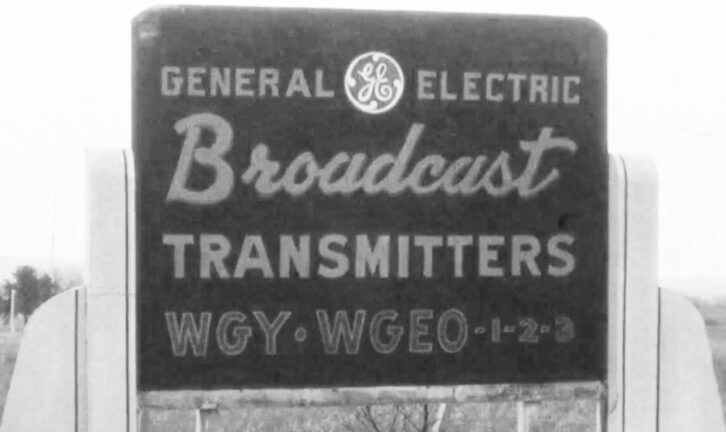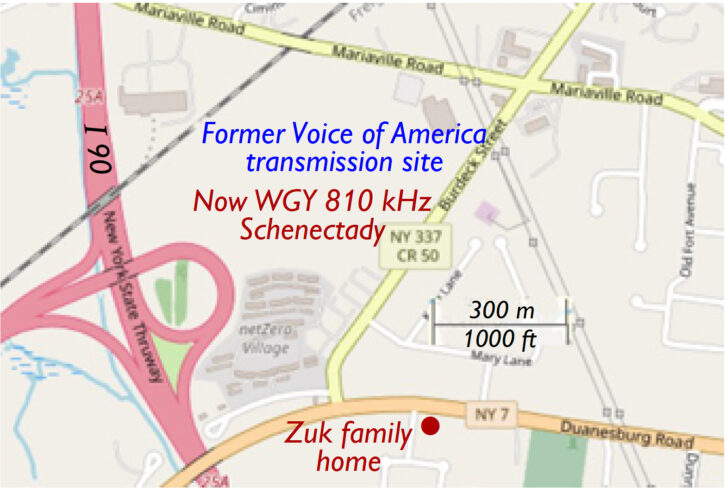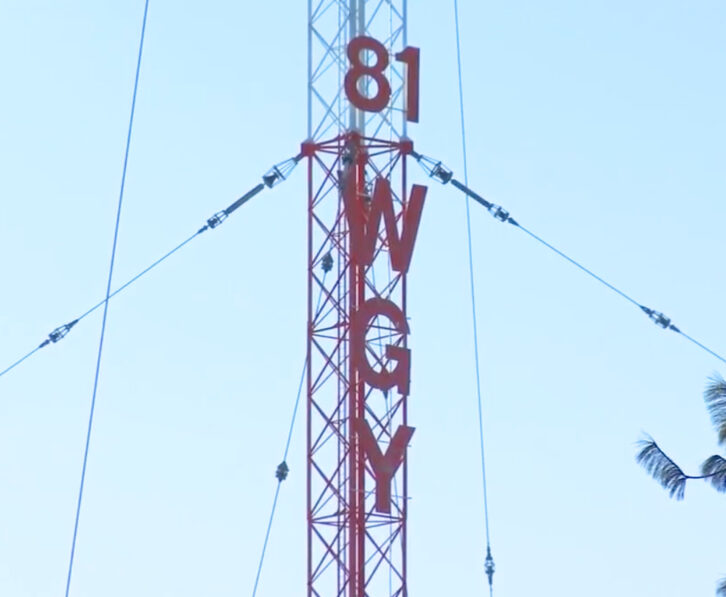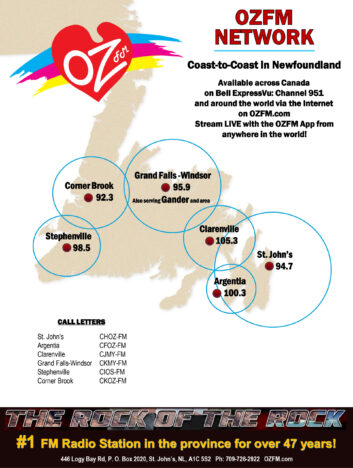This article originally appeared in the Peekskill Cortlandt Amateur Radio Association’s April update.
Do you hear voices? Usually, you would ask that question if you or a friend were acting delusional. On rare occasions, your summation might be true!
Many years ago, my aunt, uncle and cousins lived in a modest ranch-style home on Duanesburg Road in Schenectady, N.Y. There was an enormous undeveloped backyard with plenty of trees and a few small meadows with scrub where we used to play. Lady the dog was our constant companion. Years of young adventurers like myself had worn obvious paths through the woods to get to areas where we could play ball or anything else to our heart’s delight.
My cousins warned me that on misty mornings or evenings the woods would talk. I was sure they were teasing me. One moorish morning, I walked out into the woods by myself in a damp fog and I did hear voices! I could swear I was hearing the tune “Yankee Doodle” over and over again.
I was spooked!
I looked all around wondering what was going on. My eyes looked forward, eyes from side to side, eyes up and down and there was nothing to be seen. Maybe it was an ice cream truck or something? Yikes! And then it stopped! “OK, what’s next?” I said to myself.
A booming voice was heard. Actually, it was a booming baritone Voice! “This is the Voice of America in Washington, D.C., signing on!” followed by a long version of “Yankee Doodle.” Did someone have a loud shortwave radio playing?
[Related: “Voice of America Fights Its Way Back”]
No, it was the rocks!
My uncle was a scientist of great renown. I told him about what I heard and he just chuckled. All my cousins were used to this effect and I was getting my indoctrination into the club!

If you look down in the woods, you would see a sort of sparkle in the soil and dust. The resident glacial granite rock was filled with mica and quartz — the same material you might recognize as used in frequency-control crystals in radio transmitters.
When the moisture outside was just right, the rocks and surrounding ground acted like a great big radio detector and resolved The Voice of America without any human electronic effort at all!
There was a very strong reason creating this effect.

Just across the street from their home was a 58 acre plot filled with antennas. The entrance at Burdeck Street and Mariaville Road was less than half a mile away from my aunt and uncle’s home on Duanesburg Road. It was no wonder we could hear their broadcasts with very little help! The Voice of America was broadcasting with 50 or even 100 kW into directional arrays. How’s that for field strength?
Pow!
My first visit to their house was in 1956. This Voice of America facility was retired in 1963. Later on, when I listened to my very first shortwave receiver in 1965, I could hear them the traditional way — with a radio!

Today, the old VOA antenna site hosts 50,000 watt powerhouse 810 WGY(AM) Schenectady with a single tower on the same property! I wonder if you can hear WGY today on the rocks?
This facility was originally built for General Electric’s experimental short-wave station known as WGEO. The facility was handed over to The Voice of America by GE on Nov. 1, 1942. Sadly, on March 15, the entire worldwide Voice of America operation — radio, video and streaming — was discontinued due to financial considerations. There will be a silent void on the HF shortwave bands without its authoritative content. The Voice will speak no more.

Steel magic for AM radio
Have you ever experienced radio magic? You are riding along in your car listening to your favorite AM radio station but the signal is getting weaker and weaker. Maybe you are on the way to the beach or you are about to arrive at a big body of water. Suddenly, the over-the-air signal strength just soars up for no apparent reason. What is going on?
[Related: “Radio Magic on a Cold Winter’s Night”]
Well, the little bridge you just went over — or — that very long and straight guard rail along the road is acting like a well-grounded antenna and your car becomes loosely coupled with it. The combination of massive amounts of steel with moist and soggy surroundings creates quite a wave catcher. Good fun listening!
You might even stop somewhere out of traffic to enjoy and investigate just what you can pick up in this miracle location. Stations from hundreds of miles away are coming in, even in the daytime!
Some places are forever gifted with this phenomenon. Try the West End parking lots at Jones Beach, N.Y., or farther east at Captree State Park on the south shore of Long Island, especially at dusk or dawn. Another choice place is the little Verrazano View parking lot off the Belt Parkway right under the bridge’s superstructure in Fort Hamilton, Brooklyn. The combination of enormous steel and water’s edge can be magical.
Serious listeners know the cream of the crop: Wellfleet, Ma., on Cape Cod and the legendary sea shore at Cappahayden, Newfoundland attract DXers who campout for days after rolling out long Beverage antennas to capture AM stations from around the world. Passionate medium wave DXers know a host of these locations and, boy, can they bring you spectacular results from the farthest reaches of the globe!

One more thing: Newfoundland’s nickname is “The Rock.” St. John’s radio station, Oz FM, call themselves “The Rock of the Rock!”
[Read the Signal Spot from Nick Langan for More DX-Related Stories]






